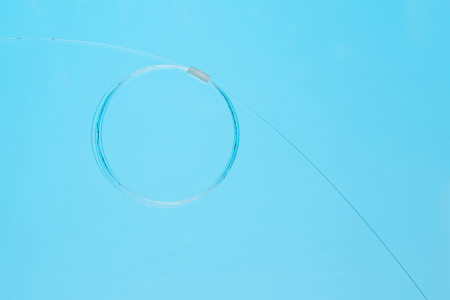SmartFBG
A Fibre Bragg Grating (FBG) is a novel optical sensor recorded within the core of a standard optical fibre. It reflects a narrow bandwidth of light, which responds faithfully to changes in temperature and strain. Many FBG sensors can be recorded onto a single optical fibre and interrogated simultaneously with a single instrument - the effect is a very low cost mechanism for distributed monitoring of strain and/or temperature within large structures, particularly suited to design validation and structural health monitoring.
Features:
- Optical strain and/or temperature sensor
- Zero power, EMI immune
- Intrinsically safe
- Highly stable
- Multiple km signal integrity
- Available singly or in multiple FBG arrays
- Suitable for composite embedment
- Can be used to manufacture smart sensors and transducers
- Suitable for long-term SHM
